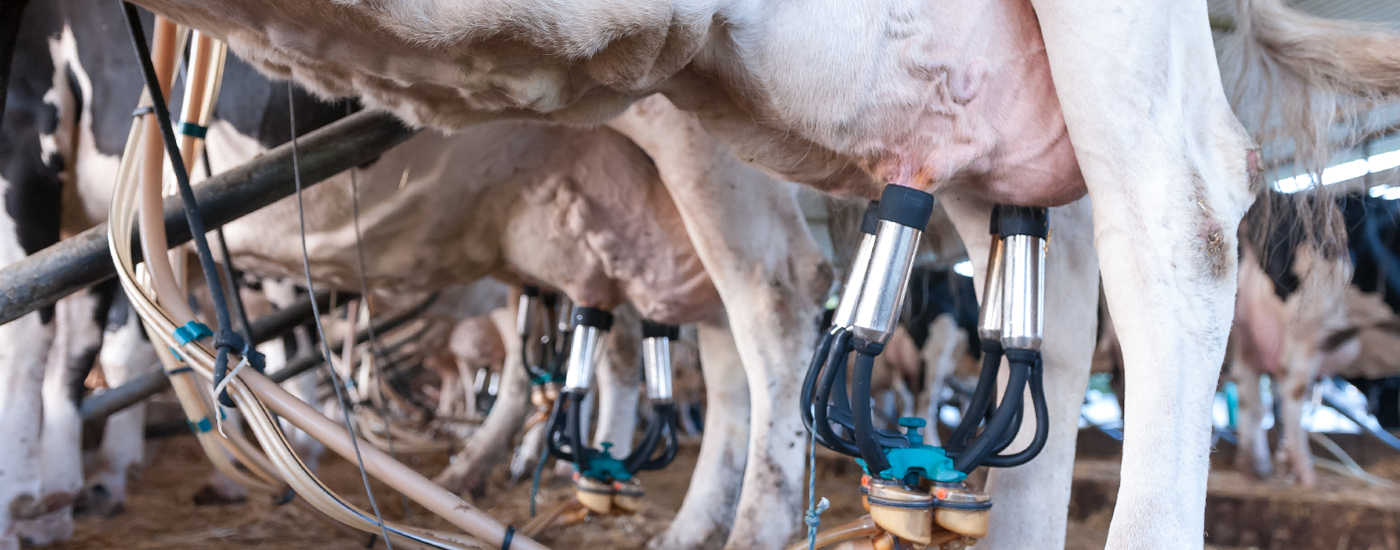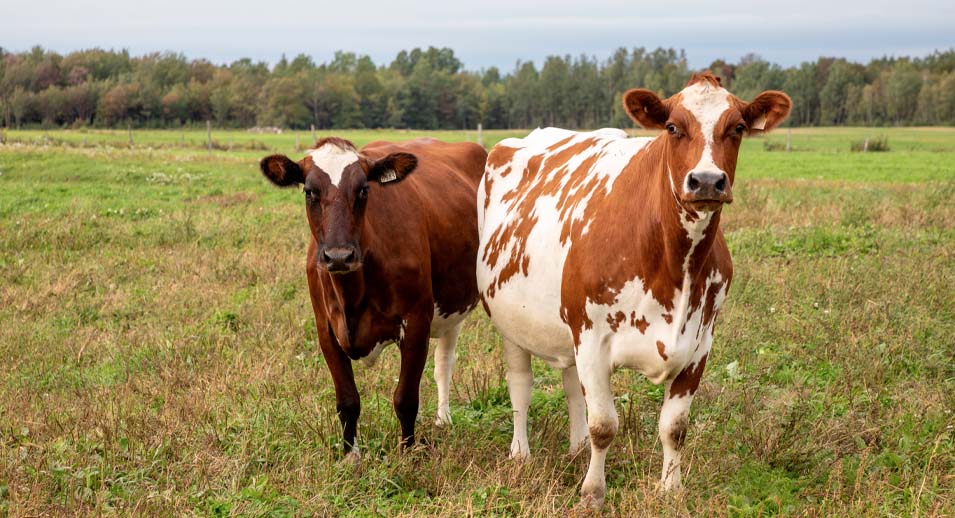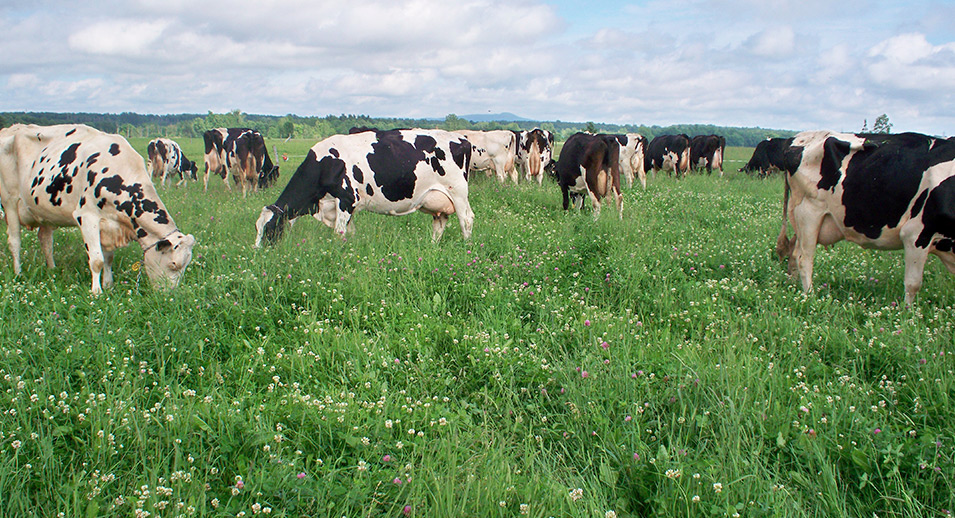Quality organic milk
- August 30, 2019
This is the second of three articles in the «Organic Milk Production 101» series published in the September edition of Progressive Dairy’s french publication.

Quality milk is best achieved, in organic milk production, using a global approach where all of the practices related to somatic cell count (SCC) are optimized. Since the means of controlling mastitis are limited with organic standards, prevention is the best strategy. The results from the farms that participated in the project to improve milk quality on organic dairy farms clearly demonstrated this to be true. This project compared the SCC related practices on 38 farms and evaluated the impact of the recommendations made in order to make improvements on all of the farms. These practices were classified into five management sectors: cow resistance, dry cow management, udder health management, cow environment, and milking equipment and methods. The following are the practices that stood out with the producers on the project who maintained a SCC of less than 200,000 over several years.
Genetics
Selecting sires with a somatic cell (SC) score below three is a wise choice if you would like to improve this criterion in the herd. It is also important to monitor any SC score improvement in heifers using a genetic herd inventory to ensure that replacement animals continue to maintain good udder health.
Milk Analysis
To understand the udder health problems in the herd more clearly, bacteriological analysis of the milk (by your veterinarian) is an essential practice. These analyses can be carried out at calving, when there are cases of mastitis, and even before drying off if SCC’s are high. This can help you to choose the best treatment strategy for the animal to both optimize healing and prevent similar cases. It is the key tool to use when putting a milking order in place or choosing practices that help to avoid contamination between cows when contagious bacteria are present.
The California Mastitis Test (CMT) is a simple, efficient, and economic way to detect infection in a quarter. It indicates the quantity of somatic cells present in the milk at levels of 400,000 or more and can detect which quarter has a high SCC, allowing you to take the necessary steps to correct the situation. Prevention is key!
When a quarter has been identified using the CMT, the use of a quarter separator can be an effective way to decrease the bulk tank SCC. The separator diverts the milk from the infected quarter to a small tank during milking so that it can be disposed of. This practical tool helps to preserve milk quality in the bulk tank. Because, in organic milk production, whole milk must be provided for three months to heifers before weaning, the quarter separator can allow you to avoid giving them infected milk. If the cow receives antibiotics, however, this tool cannot be used and the milk from all four quarters must be disposed of.
Cow Hygiene
Cow cleanliness has a significant impact on udder health and in particular levels of environmental mastitis. It is therefore important to ensure that the cow’s udder and legs are kept clean to decrease the propagation of pathogens in the environment that surrounds the teat canal.
The milk quality project demonstrated that cow cleanliness is essential to maintaining a lower SCC. Keeping the cow’s udder, legs and flank clean is much easier when a comfortable, dry stall is provided. It is recommended that 2.5 kilograms of straw per cow per day be used as bedding. The use of chopped straw and a drying agent such as agricultural lime is efficient for wet stalls.
Protect Teats
Applying an internal teat sealant at drying off is a good practice for preventing bacteria from entering the teat in an environment where there is a strong potential for infection. This practice decreases the risk of clinical mastitis during the dry period and at the start of lactation and contributes to a decrease in the use of antibiotics. The sealant should be prescribed and administered under the supervision of a veterinarian.
Teamwork
Producing high quality organic milk is a demanding task that requires discipline, consistency and determination on a daily basis. It takes time to put preventative management in place and results do not always come about as quickly as we would like. One must be patient and monitor the evolution of the herd SCC for some time before it drops and maintains a lower level. Many certified organic farms have demonstrated, year after year, that they can achieve a SCC below 200,000 SC per millilitre. The key to their success lies in establishing a global approach and teamwork: bacteriological testing with a veterinarian, on-farm monitoring with a milk quality advisor, and consulting a technician for verification of milking equipment and methods (VMEM) if necessary.
To get more information about the organic milk quality project and putting into place a global approach, consult our: « Quality Organic Milk: Best Practices Guide » (available in french only at this time).











